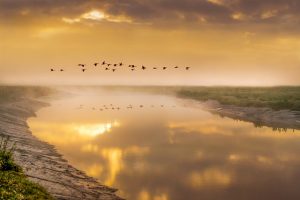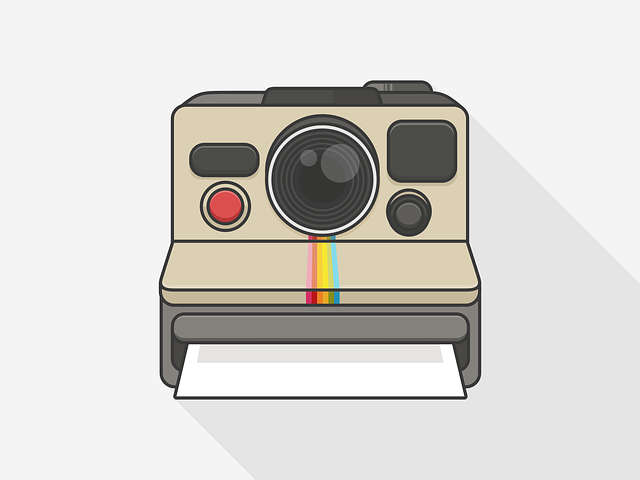Nowadays, consumers shop for a bathroom mirror online when seeking to find ways to update the looks of the room that provides them comfort. Yet if a consumer is a photographer, his or her purpose might be different. This type of visual artist uses mirrors of different kinds in mastering a photography technique called Mirror Photography, a.k.a. Reflection Photography.
 Don’t be surprised to chance upon or meet a photographer who’s into buying mirrors in different shapes and sizes, as he or she wants to master his or her skills in Reflection Photography.
Don’t be surprised to chance upon or meet a photographer who’s into buying mirrors in different shapes and sizes, as he or she wants to master his or her skills in Reflection Photography.
Capturing photo-worthy images projected by reflective surfaces, like mirrors, window panes and polished metals is no easy feat. Yet in order to get the best results, photographers have to seriously hone their Reflection Photography skills using the most common medium: mirrors.
 Reflection photography at higher levels can even capture the most captivating scenery reflected on bodies of water as large as the ocean or even as small as a dew drop.
Reflection photography at higher levels can even capture the most captivating scenery reflected on bodies of water as large as the ocean or even as small as a dew drop.
What Exactly is Reflection Photography
Reflection Photography is a method of taking still photos of images projected by a reflective surface, of which mirrors and glass objects are the most common medium.
Reflection is a phenomenon that happens when light rays bounce back and change direction when hitting a smooth surface. The unexplainable outcome does not pertain to the smooth surface but to the light that bounces back; whilst projecting likenesses of objects and surroundings within the proximity of the smooth surface.
 A surface is considered smooth if it has no
A surface is considered smooth if it has no
irregularities whatsoever. The presence of irregularities can affect the smoothness that allows light to bounce back and reflect images. The principle of reflection states that the reflection angle occurring on the smooth surface is always equal to the angle of the incident ray. The latter refers to the light rays that hit the smooth surface.
The principle of Reflection Photography therefore, follows the same principle observed for conventional reflections on smooth surfaces.
That is why most photographers who have set their mind and goals in becoming a Reflection Photographer, invest time and money in perfecting their Reflection Photography skills.
Lighting as an Important Element
Inasmuch as lighting is important, being the element that creates the reflection phenomenon, photographers should also take note of the time of day for their photography artwork.
Expert photographers give advice that snapping images of reflections on smooth surfaces should be done repeatedly at different times of the day in order to get the most satisfying results.


